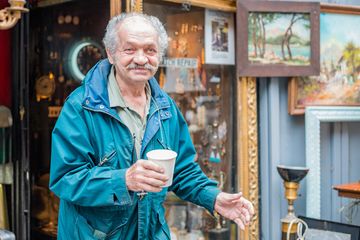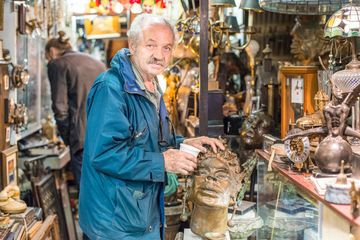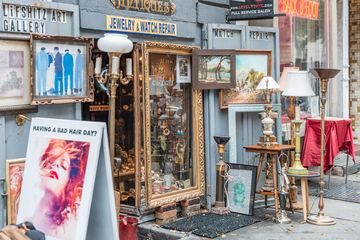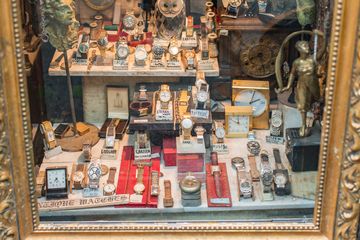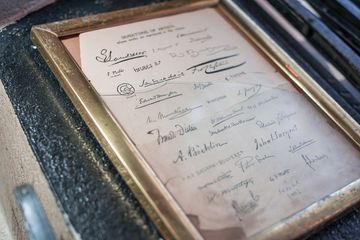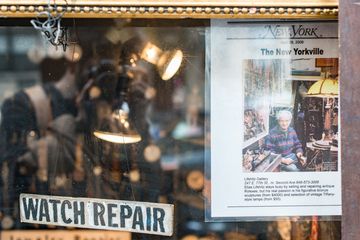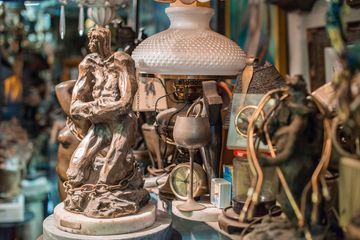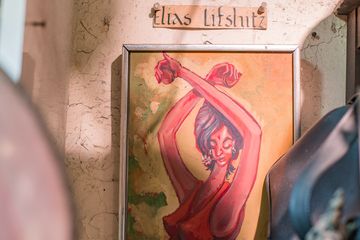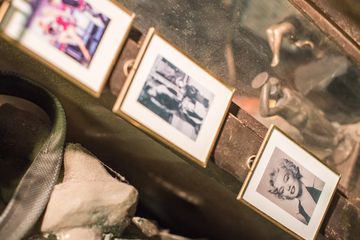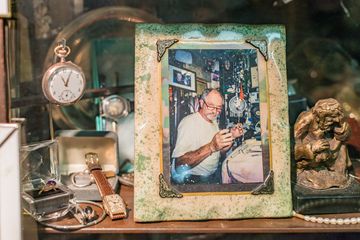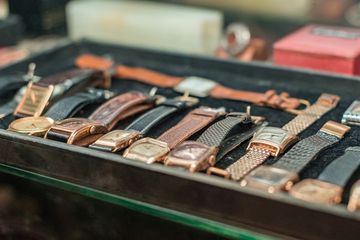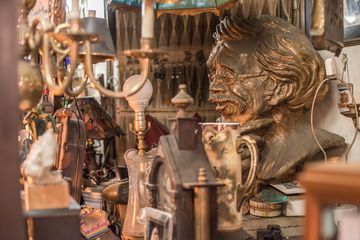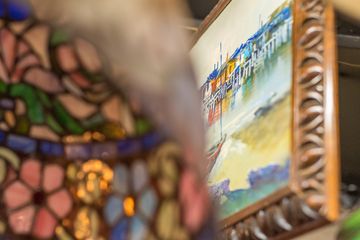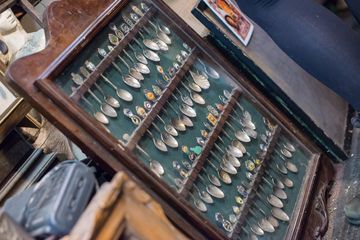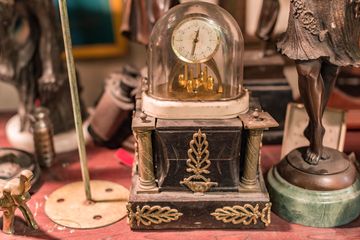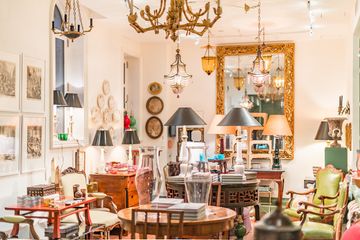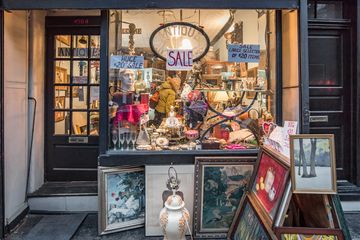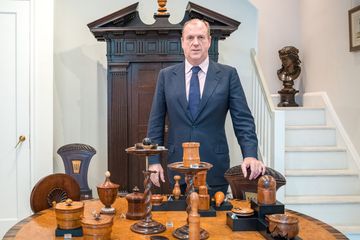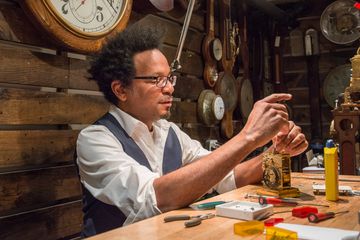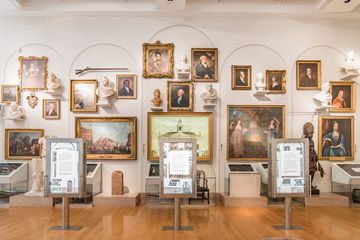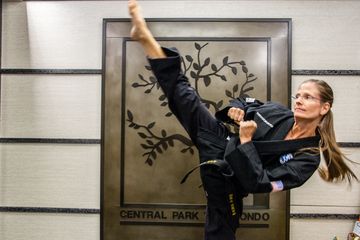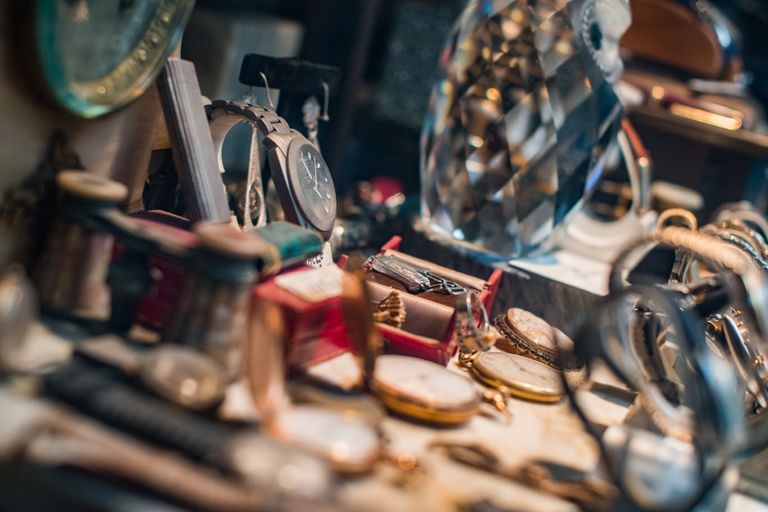
Lifshitz Gallery is the sort of authentic hole-in-the wall that I love to discover in Manhattan. In between ordinary glass storefronts, it stands alone as a long, thin corridor of goods, overflowing onto the pavement with old paintings, tools, and watches. Watches are Elias Lifshitz’s specialty. While speaking to him, I learned that he taught himself how to repair them. “I broke plenty,” he laughed, but persevered until he could confidently fix the high-end watches that his customers brought to him, as well as the broken watches and time pieces that he found while visiting yard sales, flea markets, and estate sales. Watches now make up a large percentage of his business.
First and foremost, however, Elias is an artist. He pointed out the impressive sculptures that he has set up around his store, including “The Slave,” which took two years to mold. Another spectacular piece showed the face of Yiddish author, Sholem Aleichem, best known for Fiddler on the Roof. From one angle, the bronze face appears happy and from the other, sad. Elias did most of his sculpture work in Mexico, where he lived before coming to New York in 1968. Hoping to sell more of his art, Elias said that he decided to make the trip north. “I drove my bronzes all the way from Mexico in a little fiat,” he told me. In addition to selling his bronzes, Elias worked as an architect, drafting projects here in New York before delving into the antiques business. Elias continues to make frequent trips to Mexico and is always curious about the different markets in each country. He pointed out that one of his bronzes, ”The Cello Player” has sold many times over in Mexico, but people show little interest for it in Manhattan. On the other hand, many pieces that are popular in New York are barely given a second glance in Mexico.
Elias showed me the ribbons and prizes that he has won in different art fairs around the city, including the New York Village Art Show in Washington Square. There are no ribbons, however, to indicate Elias’ obvious skill in selecting antiques. He told me stories of going to estate sales and flea markets and finding a truly valuable piece that later sold for over ten times the original price. “You have to have an eye,” he slyly admitted. Sadly, Elias revealed that he has fewer customers than in the past, blaming it on the fact that “the area is becoming electronic,” but he still loves his job, working as an artistic jack-of-all-trades. “I always eat okay,” he said, content in his pocket of success.
